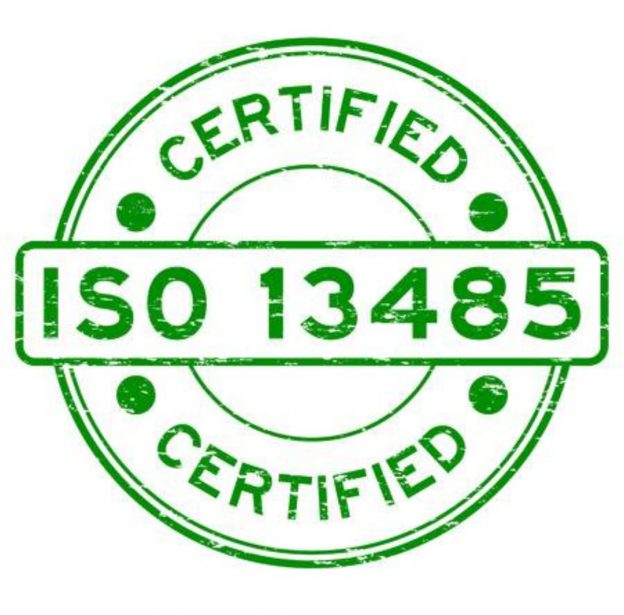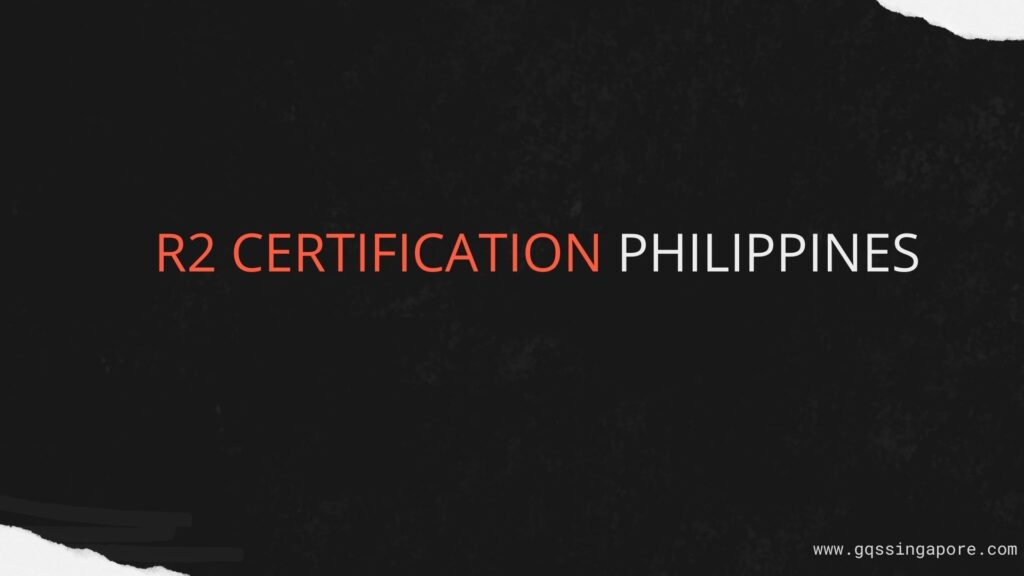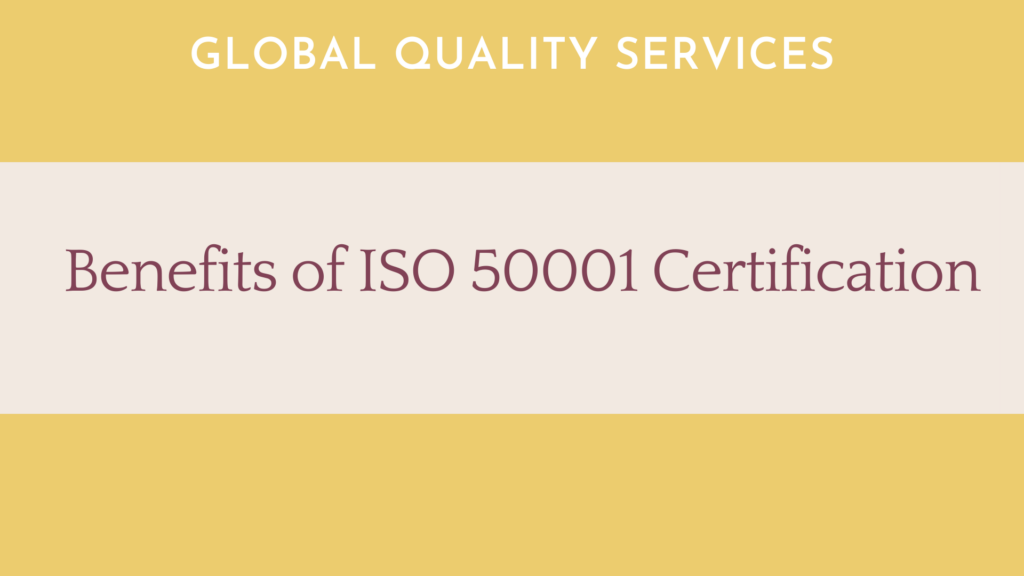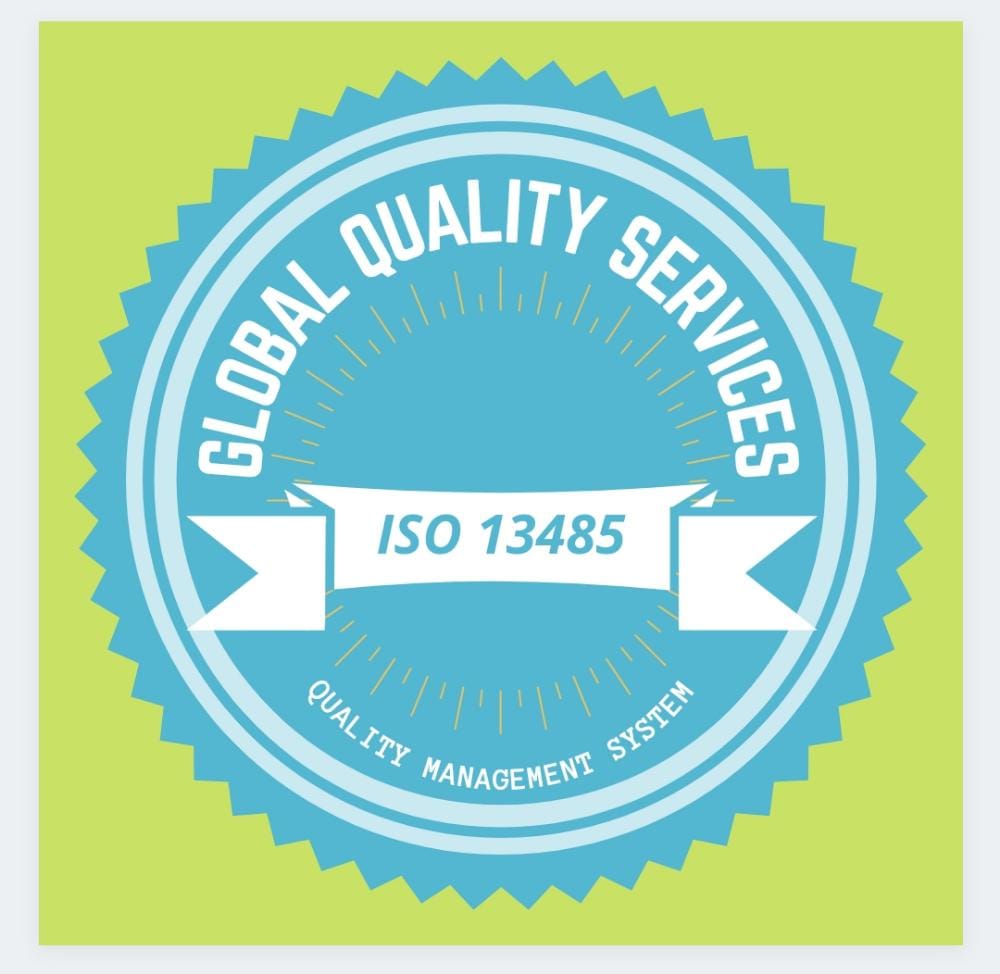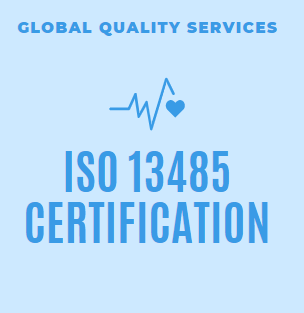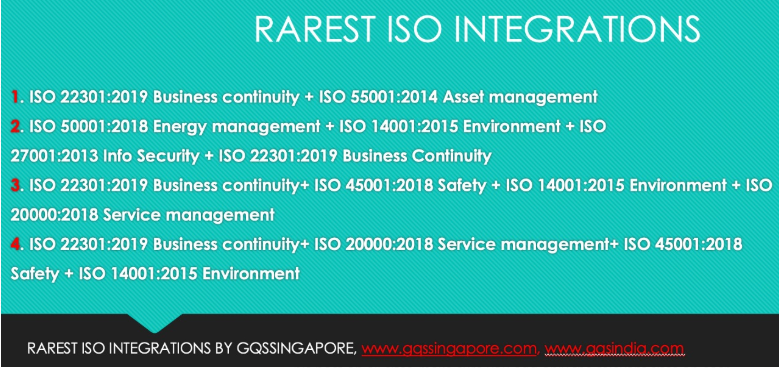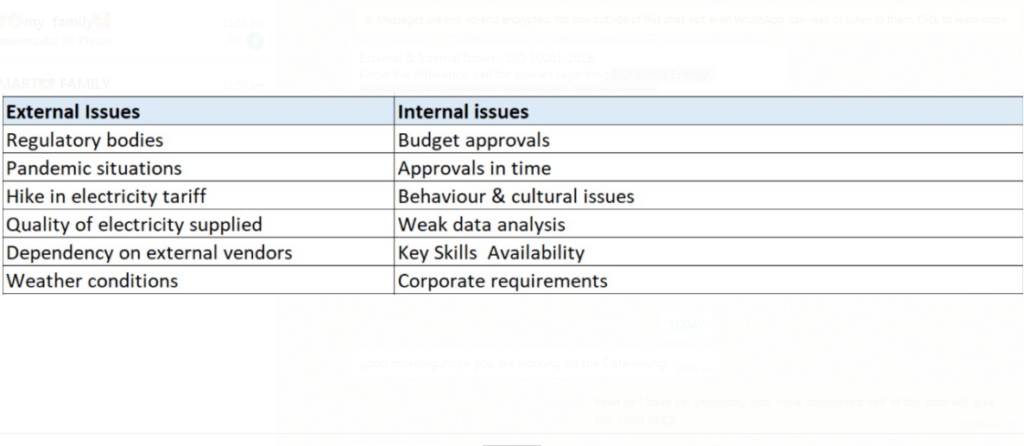RISKS AND OPPORTUNITIES – REFLECTION ON RISK MANAGEMENT
One of the key requirements of an ISO framework is managing risks and opportunities. The focus is not just on risks but also on opportunities that can be explored during this exercise. The effectiveness of ISO in your organization is not restricted to just identifying process and retaining evidence but also on systematically applying risk management process.
WHAT ARE RISKS & OPPORTUNITIES ???
ISO terms and definitions identifies RISK as effect of uncertainties on objectives. The effect is positive, negative or both, and may address, create or result in opportunities and threats.
Risk is often expressed in terms of risk sources, potential events, their consequences and their likelihood.
Risk is all about UNCERTAINITY. You may not know the possibilities an event will occur or even if it will occur at all. By the same token, the consequences when it occurs is uncertain. Likelihood is described as the probability that an event will occur, while the consequence is the outcome or impact of an event. Used together, these two elements determine the magnitude of risk.
The common thinking across the organization is risk always has a negative effect. But ISO framework has changed the way process are implemented. Risk can have a positive or a negative effect. A positive effect of risk is explored as an opportunity . An opportunity leads to improvement and continual improvement is an important outcome which is result of effective implementation of management system.
There is saying “ Accept the inevitable and turn it to your advantage”. If an organization is able to do this, identified risks can turn into an opportunity.
RISK MANAGEMENT PROCESS:
5 Key steps involved in risk management process. Often risk register is used as documented information for risk management process.
Step 1- Risk Identification: While implementing any ISO framework it is important to wear risk-based thinking cap. Organization often notice potential risks, but then don’t think anything more about it and don’t take action. It is important for an organization to capture the potential risks that could occur and impact your goals. Identifying potential risks involve brainstorming with your team members across all levels.
Step 2- Risk Analysis: Once risks are identified; likelihood and consequence of each risk is determined. This ensure greater depth on identified risks and prepare for possible effect on the objectives.
Step 3- Risk Evaluation. This involves ranking the risks. Risk evaluation is done by determining the magnitude of identified risk, based on combination of likelihood of the risk happening and the severity of the risk consequences.
Once the risk magnitude has been established, a decision is made on whether the risk is acceptable or not as is. If it is unacceptable, the next step is to determine the actions required to mitigate the risk.
Step 4- Risk Treatment:
This process involves assessing all the risks identified, creating and implementing action plans for mitigating the risks until they are at acceptable levels. While doing this, it is important to look at not just minimizing the negative risks, but also at how the opportunities that have been identified can be enhanced. Creating preventive plans, mitigation strategies and contingency plans are included in this process. Ensure risk treatment plans is included in the Risk Register.
Although it is not possible to completely remove risk, identifying and managing all risks prevents unpleasant surprises and help uncover golden opportunities.
Step 5- Risk Monitoring and Review: To assure the effectiveness of actions for mitigating the risks, ongoing monitoring and periodic review of risk management process is important.
An important step in risk management process, monitoring and review takes place in all stages of the process and includes planning, gathering analysing information, recording results and providing feedback.
BENEFITS OF RISKS MANAGEMENT PROCESS:
The benefits of excellent risk management are many. Risk-based thinking ensures identification and management of risks, unpleasant surprises and bottlenecks is reduced and opportunities discovered.
Key benefits include:
- Minimizing Surprises
- Improved communication
- Better cost planning
- Enhanced customer satisfaction
- Continual improvement.
To understand how your organisation can get the maximum benefits from risk management process, reach us to understand ISO 31000 Risk management system, ISO 31000 used in ISO 13485, ISO 31000 for ISO 45001, ISO 31000 for ISO 22301, ISO 31000 for ISO 50001, ISO 31000 for ISO 22000-2018 – Know about the best 2020 remote certification agency in Singapore, Manila, Penang, Batang Islands and in any location in Philippines. Drop an email to [email protected] if you are keen in implementing and certification.

